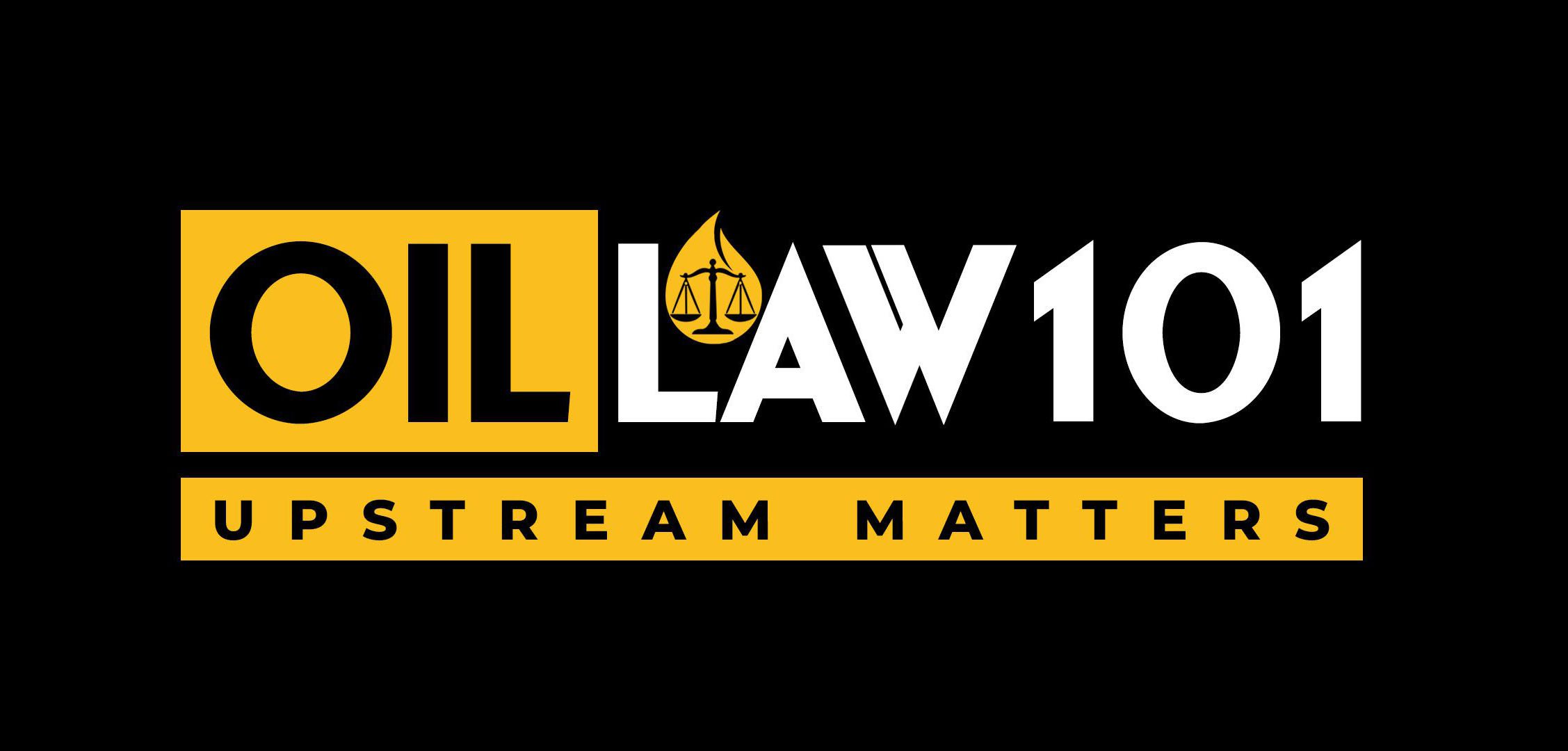In Management Themes (Part 2), we saw that access to Guyana’s petroleum resources is primarily done through the conduct and regulation of petroleum operations. We also saw that petroleum operations, as defined in the PAA, cover a wide range of operations and activities. In this publication we will continue to focus on some of the key legislative provisions within the Petroleum Activities Act 17 of 2023 (PAA) pertaining to exploration and production operations, which are intended to facilitate maximum access to these resources.
Management Theme – Maximising Access to Petroleum Resources (cont’d)
Discovery
Section 2 of the PAA defines the discovery “… the discovery of petroleum not previously proven by drilling and which can be or is recovered at the surface in a flow measurable by conventional petroleum testing methods.”
Essentially, a petroleum discovery is one that (a) was not previously known to have existed and (b) can be measured at the surface using methods generally acceptable to the petroleum industry. A discovery usually occurs as a result of exploration operations; however, even though exploration may require significant allotments of time, activities and expenditure, a discovery is not a guaranteed outcome.
Discoveries can take time:
Video by Aramco: How did our Crude Oil Discovery Begin? | Our History
And significant resources:
Video by ExxonMobil: Life on an Oil Rig: Behind the Scenes | ExxonMobil
Matters pertaining to a discovery are addressed in part III, sections 25 to 30 of the PAA.
Discovery of Petroleum
Where exploration operations result in a discovery, section 25 requires the licence holder to immediately inform the Minister, in writing and provides for the licence holder to –
- Submit to the Minister the details of the discovery and the steps proposed for the testing of the discovery;
- Submit to the Minister the evaluated results of the tests proposed;
- Submit to the Minister for approval, the steps and timeline to ascertain the quantity of the petroleum in the petroleum reservoir to which the discovery relates within the licence area and any adjacent open area, and immediately submit the results to the Minister (section 25(2)(c).
The Minister may also direct the licence holder to –
- Submit details of the chemical composition and physical properties of the petroleum;
- Submit details of the stratigraphical position and depth of the discovery;
- Submit details of any other matters relating to the discovery; and
- Do all other things necessary to ascertain the chemical composition and physical properties of the petroleum discovered.
Stratigraphical position and depth of the discovery refer to the position of the petroleum within the layers of the earth’s crust. For an illustration, see below:
Video: ‘Guyana Exploration’, ExxonMobil.
Discovery of Petroleum of Potential Commercial Interest
Where the evaluated test results in relation to a discovery required by section 25(2)(c) have been submitted to the minister, the licence holder is then required to notify the minister, within thirty days of this submission, whether the discovery is of potential commercial interest. It is the licence holder who makes this determination of potential commercial interest, and not the minister – section 26.
Appraisal
ExxonMobil Guyana Limited has begun appraising the Lau-Lau find |OilNOW
The appraisal phase of exploration operations is the stage where the licence holder carries out activities “…for the purpose of estimating the quantity of recoverable petroleum in a petroleum reservoir and assessing the commerciality of the discovery” – section 2.
Section 27 gives the licence holder the option to submit an appraisal programme to the minister for approval, within six months of giving notice that the discovery is of potential commercial interest. Where the minister has approved the licence holder’s appraisal programme, the minister may nonetheless also direct the licence holder to carry out any other investigations and studies for the appraisal. The appraisal programme “…shall be carried out for the purpose of assessing the feasibility of the construction, establishment and operation of an industry for the production of petroleum in the discovery area and shall contain operations that will enable the licensee to delineate the extent of the accumulation of petroleum and to determine whether the discovery constitutes a commercial discovery.”
The licence holder must submit to the minister the reports, analysis and data resulting from the appraisal activities, investigations and studies carried out under section 27.
In our next publication, we will conclude our review of the discovery phase of exploration operations and begin looking at some key legislative provisions relating to production operations under the Management Theme – Maximising Access to Petroleum Resources.
DISCLAIMER: This series is not intended to serve as a replacement for the Petroleum Activities Act 17 of 2023, nor is it a substitute for legal or other professional advice in any manner whatsoever.



